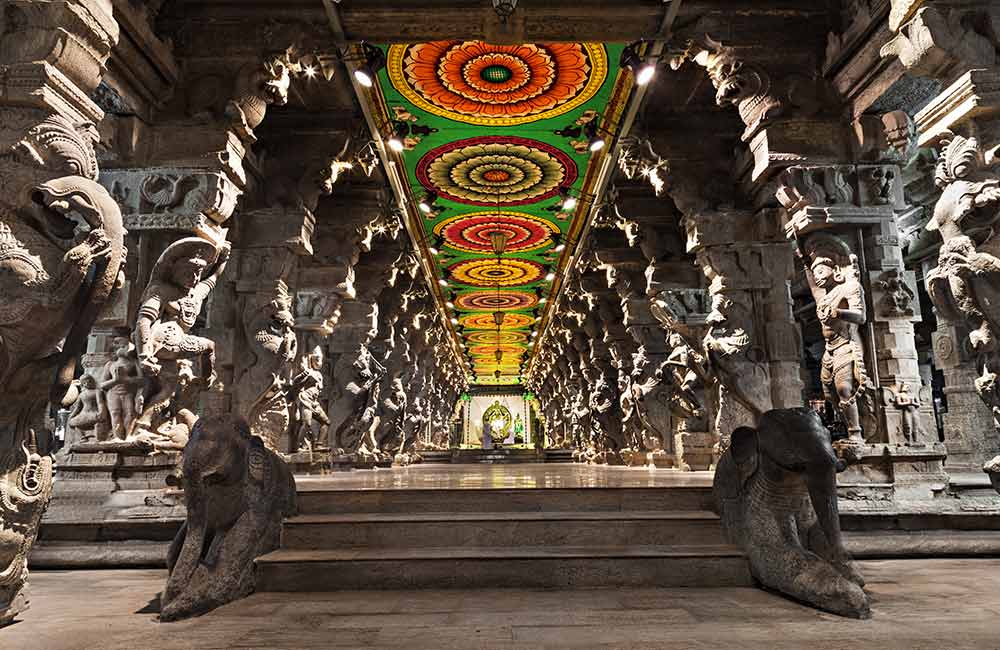
Best Pilgrimages
As human beings, we have an inherent spiritual curiosity that leads to the practice of various religious and spiritual traditions. One of the most significant ways this expression manifests is through a pilgrimage, a journey to a sacred place or site that holds immense spiritual significance. Pilgrimage has been a part of almost all religions worldwide, from Hinduism and Buddhism to Christianity and Islam. In this essay, we will explore the seven best pilgrimage sites worldwide and their spiritual significance. While pilgrimage is often associated with religion, it can also be a deeply personal and spiritual journey for individuals seeking a connection with something greater than themselves.
The act of embarking on a pilgrimage can be a transformative experience, allowing individuals to reflect on their beliefs and values, and gain a deeper understanding of their place in the world. Whether it’s a journey to a holy site or a trek through nature, pilgrimage can offer a sense of renewal and rejuvenation for the mind, body, and soul.
The first on the list is the holy city of Mecca, which is the birthplace of the Prophet Muhammad. Located in Saudi Arabia, Mecca is considered the holiest site in Islam, and every year during the Islamic month of Dhu al-Hijjah, millions of Muslims travel from all around the world to perform the Hajj pilgrimage. Muslims believe that this journey is one of the five pillars of Islam, and it leads to spiritual renewal and forgiveness of sins.
The second is the city of Varanasi in India, which is regarded as one of the oldest living cities globally, and the holiest of all Hindu cities. Varanasi is located on the banks of the river Ganges, and it is said that a pilgrimage to this city ensures liberation from the cycle of birth and death. Pilgrims bathe in the river Ganges, perform various religious rituals, and offer prayers to various Hindu deities.
The third is the Western Wall, situated in the Old City of Jerusalem. Also known as the Wailing Wall, it is one of the holiest sites in Judaism and is believed to be the last remaining part of the Second Temple in Jerusalem. The Wall is a place of prayer, where thousands of people come to offer their prayers and leave written notes with their wishes and blessings.
The fourth is the city of Lourdes in France. Lourdes has been a pilgrimage site since the mid-19th century, after a peasant girl named Bernadette claimed to have had visions of the Virgin Mary. Today, thousands of Roman Catholics visit Lourdes every year to seek healing and spiritual renewal. This holy city is also famous for its healing waters, which are believed to have miraculous healing properties.
The fifth is the Grotto of Massabielle in Lourdes, where Saint Bernadette had her first vision of the Virgin Mary. The Grotto is considered one of the holiest sites in the world and is a place of pilgrimage for millions of Catholics worldwide. Pilgrims pray, light candles, and drink the holy water from the Grotto.
The sixth is the Kumbh Mela, the largest gathering of people on the planet. It is held every twelve years at Allahabad, in the northern Indian state of Uttar Pradesh. The Kumbh Mela rotates between four cities – Allahabad, Haridwar, Nashik, and Ujjain – and attracts millions of pilgrims from around the world. The Kumbh Mela is considered a significant spiritual event in Hinduism, and pilgrims believe that bathing in the rivers during the festival cleanses them of all sins.
The seventh is the Santiago de Compostela Cathedral in Spain. This site is a pilgrimage destination for followers of the Catholic faith, and it has been a gateway to spiritual rejuvenation for over a thousand years. It is believed that the cathedral houses the remains of Saint James, one of the twelve apostles of Jesus Christ. Pilgrims walk the Camino de Santiago, a pilgrimage route that begins in France, and ends at the Cathedral.
These seven pilgrimage sites are just a few examples of the spiritual richness that exists worldwide. Each site holds immense spiritual significance for millions of devotees worldwide, and each pilgrimage provides an opportunity for spiritual growth and rejuvenation. Regardless of one’s faith, a pilgrimage is a unique opportunity to reconnect with one’s spiritual roots and to explore the spiritual richness of our world. It is a time to reflect and embrace the divine within, and to rediscover our connection with the cosmos. May we all find the spiritual strength to make this journey and to connect with the divine.
By: S. Saravanan
Write and Win: Participate in Creative writing Contest & International Essay Contest and win fabulous prizes.


